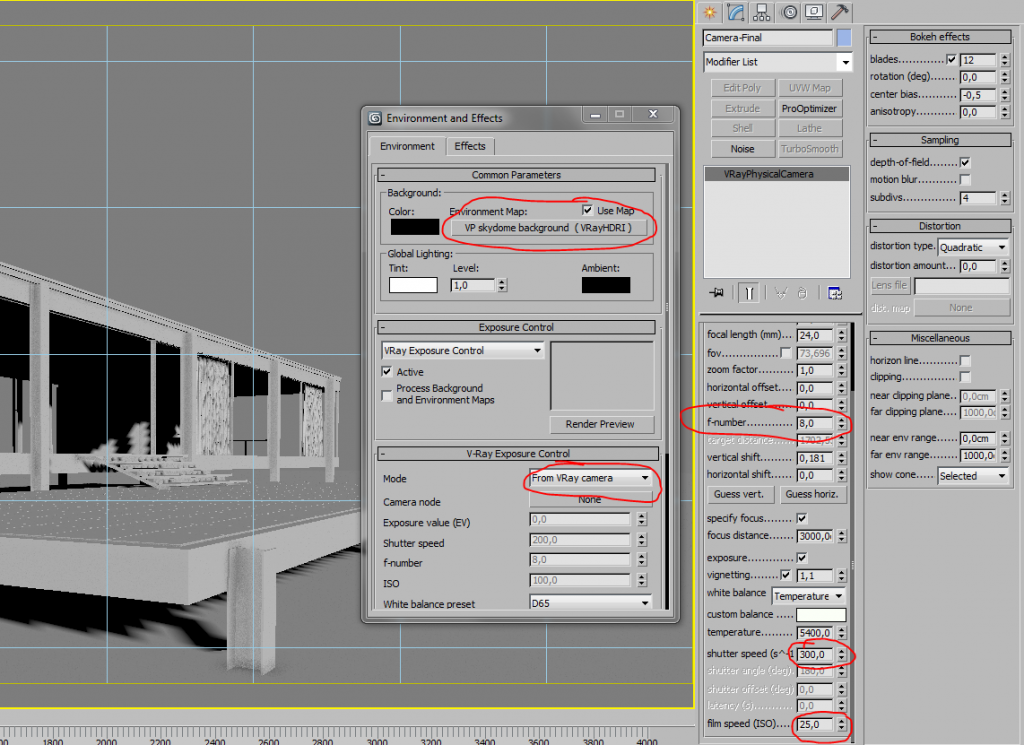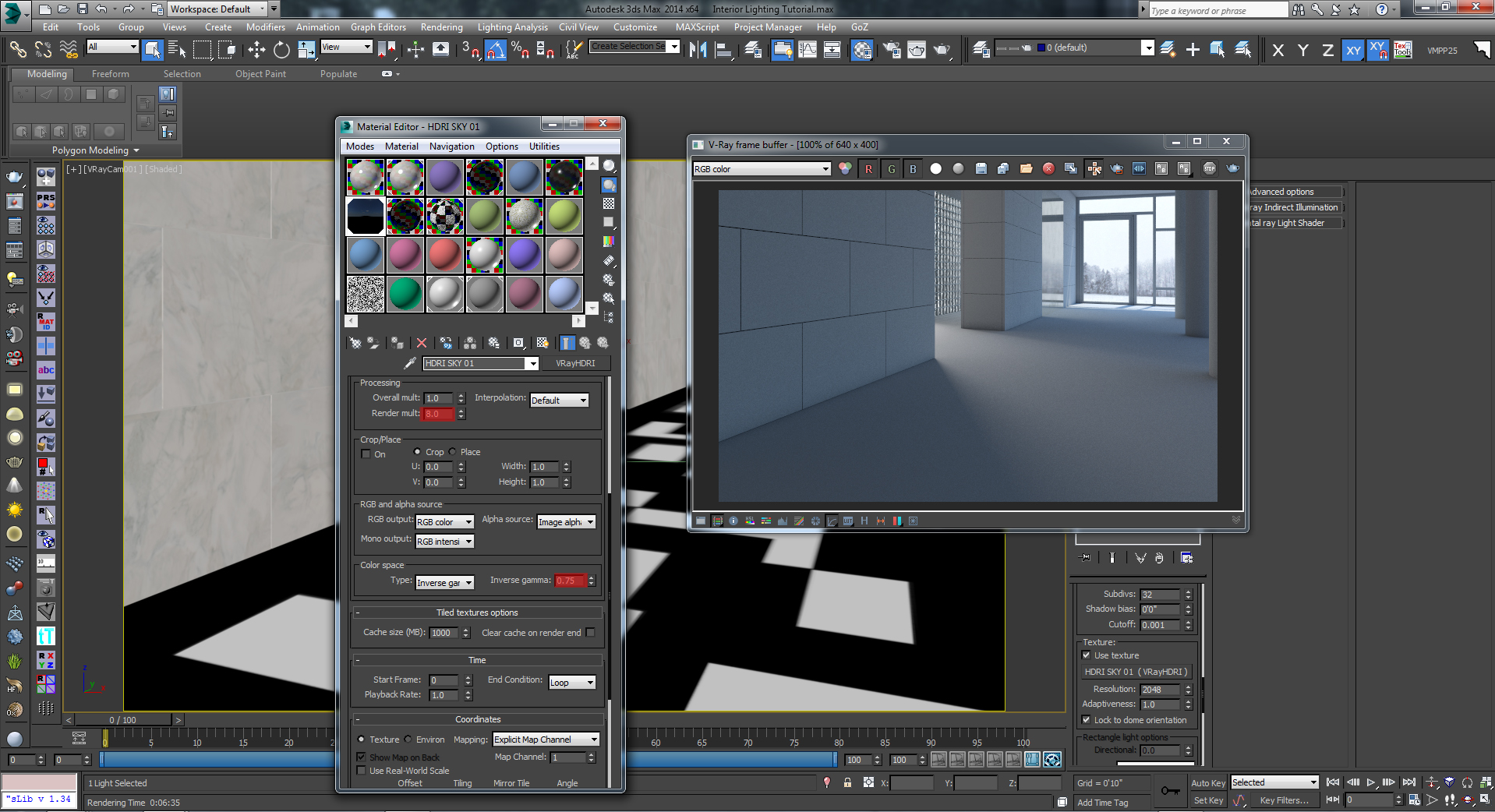

Moreover, you are able to use the beautiful skies as your background as well.


Lastly, not all HDRI have the same level of dynamic range.This change will be visible in your viewport. You can also change the direction of the sun through the Horiz.To view this map applied in your viewport, plug it into the background environment map window, and change your viewport background to the environment map option.You can correct this by setting the Overall mult.

#PORTALIGHT AND HDRI IN VRAY 3DS MAX HOW TO#
To get started with learning how to light your scene with HDRI, you’ll need a sky HDRI map to follow along. And this is exactly how HDRI are created as well, by shooting panoramic photos at different exposures, and combining them. You’ll notice that the image has data from varying levels of exposure. You can view these hidden pixels by opening an HDRI in Adobe Photoshop and sliding its exposure value left and right. Therefore, our image now truly knows the huge differences in brightness, like the one between the sun and the sky. These values then act as just like light multipliers during calculation. This allows them to store exponentially more information about the light, color and intensity captured by a camera. These images are 32-bit per channel compared to the 8-bit per channel for standard jpegs. exr are the popular ones for storing HDRI data. For this purpose we need high dynamic range images. It can even be used as an approximation for global illumination, since it lights the scene from all possible directions.īut for capturing light data from the real world, a simple jpeg panorama won’t do. As a result, you get accurate global lighting that virtual lights can seldom match. Capture a 360 degree view of the real world and use it to light your CG scene. The idea behind this method is simple but brilliant. Image based lighting using High Dynamic Range Images (HDRI) has become a staple lighting method in the visualization arena.


 0 kommentar(er)
0 kommentar(er)
